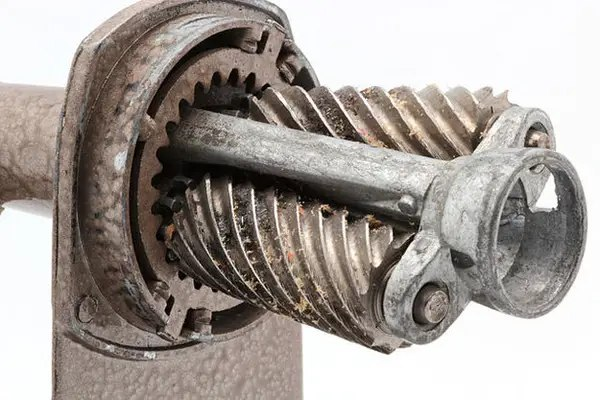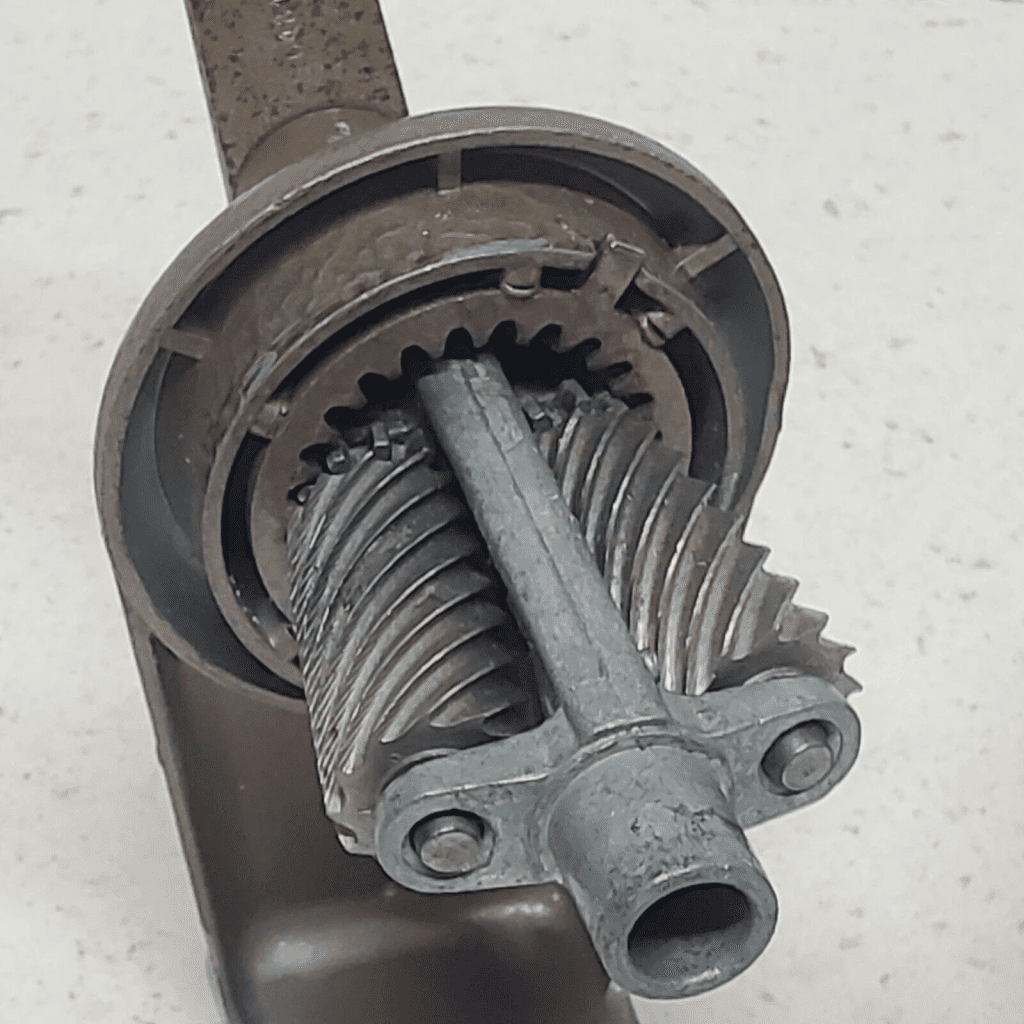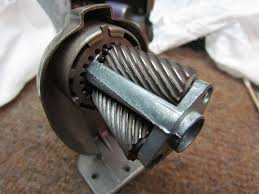The pencil sharpener is a tool we rarely give much thought to, yet it has a fascinating history. Evolving from simple knives to sophisticated electric devices, the journey of the pencil sharpener mirrors our own progression towards convenience and precision. From students to artists and office workers, this humble tool has become indispensable. Let’s take a look at how the pencil sharpener has transformed over time.
The Early Days: Sharpening Pencils with a Knife

Before pencil sharpeners became common, people relied on knives to create a usable point on their pencils. The process required skill to avoid breaking the graphite while shaping the wood for a fine tip. However, this method was far from perfect—time-consuming and inconsistent, it made it difficult to achieve a precise, sharp point every time. As pencils became more popular in education, art, and business, the need for a specialized tool grew.
The First Pencil Sharpener Inventions in France
The journey of the pencil sharpener truly began in France. In 1822, French inventor C.A. Boucher created a device specifically designed for sharpening pencils. Although his invention didn’t become widely popular, it represented the first dedicated tool for the task. Six years later, in 1828, mathematician Bernard Lassimonne took things further by applying for the world’s first patent for a pencil sharpener. His device, French patent #2444, was sold in Paris and marked the earliest commercial pencil sharpener.
Though it didn’t achieve widespread use immediately, Lassimonne’s creation laid the groundwork for future innovations. As the first commercially available pencil sharpener, it demonstrated the potential demand for a tool designed exclusively for sharpening pencils.
Innovations Spread: Early Pencil Sharpeners in England and Beyond
The concept of the pencil sharpener spread to England in 1833, where a company called Cooper & Eckstein patented a model known as the Styloxynon. This sharpener featured two metal files set within a small block of rosewood, forming one of the earliest documented sharpeners. Though practical, it was not yet a common item.
By the mid-1800s, more inventors across Europe were refining designs. In 1847, French nobleman Thierry des Estivaux introduced a portable hand-held sharpener similar to modern designs. It was accessible, simple to use, and set the stage for future versions that were easier to operate and more widely available.
The First American Pencil Sharpener: Crossing the Atlantic
In 1855, the pencil sharpener made its way to America when Walter Kittredge Foster of Bangor, Maine, patented the first U.S.-made pencil sharpener. Foster’s invention sparked the establishment of America’s first pencil sharpener company, and his hand-held sharpeners gained popularity quickly. Soon, American sharpeners were being exported to Europe, marking the start of the U.S. influence on pencil sharpener development and manufacturing.
Office Sharpeners: Growth in the Late 19th Century

With growing demand for pencils in schools and workplaces, more efficient sharpeners became necessary. By the late 1800s, U.S. companies began to create larger, sturdier sharpeners for office use. Some notable models included the Perfect Pencil Pointer by Goodell Co., the GEM Pencil Sharpener by Gould & Cook Co., and the Planetary Pencil Sharpener by A.B. Dick Co. These designs were bulkier and featured intricate mechanisms, making them reliable for daily use in professional environments.
Around this time, Germany also contributed with the Jupiter sharpener by Guhl & Harbeck Co., which offered durability and precision. These innovations laid the foundation for even more advanced sharpeners, ensuring that office and school environments had access to quality sharpening tools.
APSCO and the Early 20th Century Boom
The early 20th century saw a boom in pencil sharpener technology, driven largely by the Automatic Pencil Sharpener Co. (APSCO), founded in the early 1900s. APSCO introduced the U.S. Automatic Pencil Sharpener, which quickly became a household staple. Later models, such as the Climax, Dexter, Wizard, and Junior sharpeners, featured sophisticated milling mechanisms that made them both efficient and easy to use.
Throughout the next few decades, APSCO dominated the global market, making pencil sharpeners a common fixture in schools, offices, and homes. The company’s innovative models and dependable performance established it as a leader in the industry, popularizing pencil sharpeners on an unprecedented scale.
The Electric Pencil Sharpener: A Modern Convenience

Electric pencil sharpeners first appeared in 1917, providing a faster, hands-free alternative to manual models. Originally designed for office use, these machines featured a small motor to power the sharpening blades, requiring minimal effort from the user. Electric sharpeners gained traction slowly but steadily, especially in environments where efficiency was key.
By the mid-20th century, electric pencil sharpeners had become a staple in many offices and schools due to their speed and convenience. Today, they come in various designs, from basic battery-operated models to high-capacity machines that can handle multiple pencil sizes and even different types of materials.
Collecting Pencil Sharpeners: A Unique Legacy
Pencil sharpeners may be functional tools, but they’ve also become collectible items. For some enthusiasts, vintage sharpeners capture a sense of nostalgia and history, each one representing a small piece of design evolution. In 2011, a collection of over 3,400 sharpeners was displayed in Logan, Ohio, by Rev. Paul Johnson, a World War II veteran who began collecting sharpeners in the 1980s. His collection included sharpeners in a variety of shapes and themes, from cats to seasonal decorations, showcasing the creativity and diversity within pencil sharpener design.
Collectors appreciate sharpeners for their unique designs, historical value, and connection to a simpler, analog era. For them, each sharpener tells a story of innovation and creativity, celebrating the journey of a tool that has been part of daily life for generations.
Conclusion: The Enduring Relevance of Pencil Sharpeners
From early knives to intricate, high-tech devices, pencil sharpeners have come a long way. What began as a simple solution for sharpening a writing tool has evolved into a critical device found in classrooms, offices, and art studios worldwide. Whether you use a manual sharpener, a vintage model, or an electric machine, each sharpener is a reminder of the journey this essential tool has taken.
In an era of digital tools, the pencil sharpener remains a symbol of the analog world, preserving a connection to the tactile, hands-on process of creating and writing. The next time you sharpen a pencil, take a moment to appreciate this humble tool—a device that, over the years, has sharpened ideas, inspired creativity, and helped shape history.


